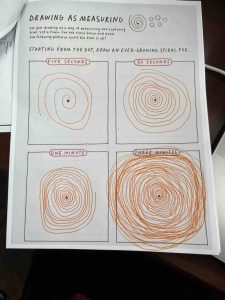I used the visualization we created in class. This allowed me to follow along so that the visualization turns out as well as possible. The data allowed us to see the authors and the amount of citations the author and co authors had. I choose to present the data in a network graph because it is easy to clusters of citations and easily grasp the data on a first glance.
https://app.flourish.studio/visualisation/11444083/edit
